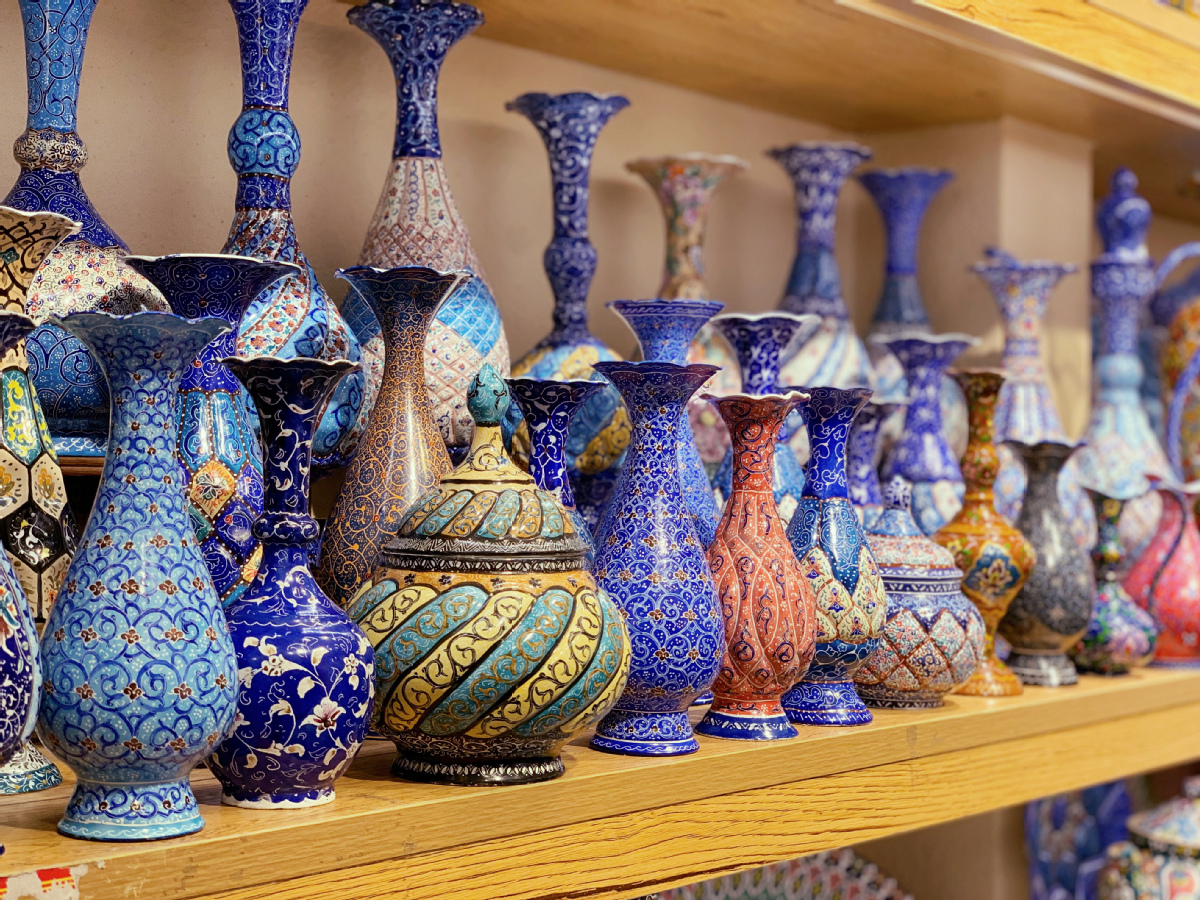

Since the Han Dynasty ( 202 BC- 220 AD), "border bazaars" have flourished.
The entire Silk Road is almost a business travel road composed of countless bazaars. Each is like a miniature world, accommodating different cultures and ethnic groups.
As the Han Dynasty explored the western area, nations in western area also completed various forms of folk trade with the dynasty through these nameless bazaars.
A history of these special markets is a history of indefatigable traveling traders on the Silk Road, who not only exchanged goods but shared experiences.
Today's Xinjiang International Grand Bazaar seems to attract tourists with the customs of Xinjiang. The small bazaars scattered all over the cities are the place to meet the daily shopping needs of residents.
Nowadays the bazaar has opened a direct train to connect patrons with famous tourist attractions in Xinjiang. With the continuous expansion and improvement of the supporting service system, the bazaar has formed a "grand tourism" environment pattern integrating food, accommodation, travel, tourism, entertainment, shopping and ethnic folk culture.